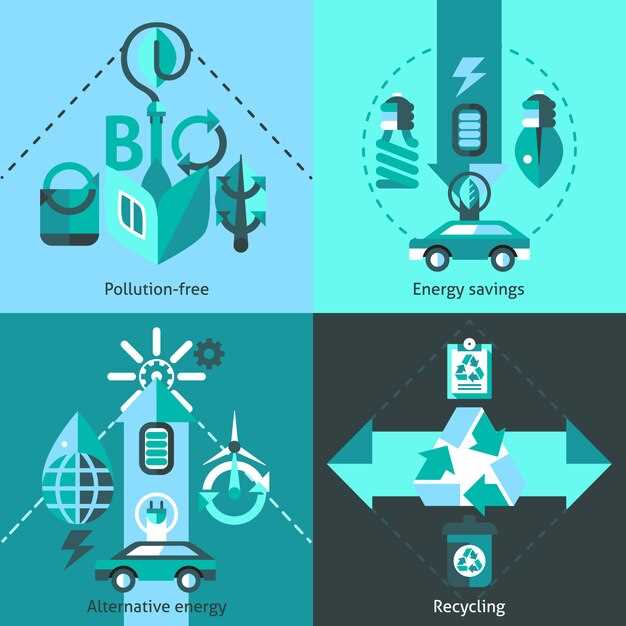Hybrid vs plug-in hybrid – what’s the difference?


As the automotive industry shifts towards more sustainable options, understanding the differences between hybrid vehicles and plug-in hybrid electric vehicles (PHEVs) has become increasingly important for consumers. These two types of vehicles each offer unique benefits and drawbacks that can influence purchasing decisions. This article aims to clarify the distinctions that define these categories, helping you make informed choices regarding eco-friendly transportation.
Hybrid vehicles combine a traditional internal combustion engine with an electric motor, improving fuel efficiency and reducing emissions. On the other hand, PHEVs take this concept further by allowing drivers to charge their battery packs from an external source, enabling them to travel longer distances using electric power alone. This key difference impacts not only the vehicle’s performance but also its overall environmental footprint.
In understanding the operational mechanisms, battery sizes, and charging capabilities of both hybrids and PHEVs, you can better assess which vehicle type aligns with your lifestyle and driving habits. Whether you prioritize fuel economy, electric range, or the convenience of charging options, grasping these fundamental differences will empower you to navigate the evolving landscape of sustainable mobility.
Key Components and Technologies in Hybrid vs. PHEV Models

Hybrid and Plug-in Hybrid Electric Vehicles (PHEVs) incorporate unique components and technologies that differentiate them in terms of performance, efficiency, and energy management. Both types of vehicles utilize an internal combustion engine (ICE) along with one or more electric motors; however, their configurations and functionalities vary significantly.
In standard hybrid models, the electric motor is primarily designed to assist the gasoline engine, providing additional power during acceleration and improving fuel efficiency by enabling the engine to operate at optimal levels. The battery in traditional hybrids is charged through regenerative braking and by the ICE, resulting in limited electric-only driving capabilities.
PHEVs, on the other hand, feature larger battery packs that can be charged externally via a standard electricity outlet or charging station. This enables PHEVs to operate in electric-only mode for extended distances, making them suitable for short commutes without utilizing gasoline. The PHEV battery is typically designed to provide a range between 20 to 50 miles before the gasoline engine takes over.
Another critical difference lies in the charging infrastructure. PHEVs come equipped with charging ports and often support fast-charging capabilities, allowing users to recharge their vehicles more quickly. This contrasts with traditional hybrids, which do not have this capability as they rely solely on regenerative braking and the ICE for recharging.
Both hybrid and PHEV systems utilize advanced energy management technologies that optimize the powertrain’s operation. For example, regenerative braking is a common feature that captures energy during deceleration and converts it back into electricity, which is then stored in the battery. Additionally, both types of vehicles employ sophisticated control systems that manage the interaction between the electric motor and the gasoline engine, ensuring smooth transitions and maximizing efficiency.
In summary, while hybrid vehicles focus on combining an ICE with a smaller electric motor for enhanced efficiency, PHEVs leverage larger battery capacities and external charging options to offer significant electric-only driving ranges. This distinction significantly impacts their overall functionality and suitability based on individual driving needs and preferences.
Real-World Fuel Economy: Comparing Hybrid and Plug-in Hybrid Vehicles

Understanding the real-world fuel economy of hybrid vehicles versus plug-in hybrid electric vehicles (PHEVs) is essential for potential buyers aiming to minimize their environmental impact and fuel costs. Hybrid vehicles combine a traditional internal combustion engine with an electric motor, allowing them to achieve improved fuel efficiency compared to conventional cars. Typically, these hybrids perform well in city driving scenarios due to their ability to switch between electric and gasoline power, often achieving fuel economy ratings in the range of 40-50 miles per gallon (MPG).
In contrast, PHEVs are equipped with larger batteries that enable them to travel longer distances on electric power alone before the gasoline engine kicks in. Many PHEVs can achieve all-electric ranges of 20-50 miles, depending on the model. When fully charged, drivers may find that their daily commuting needs can be met without using any gasoline, significantly enhancing fuel efficiency for short trips while still offering the flexibility of a gasoline engine for longer journeys.
The real-world fuel economy of PHEVs can vary significantly based on charging habits and the duration of electric-only driving. For instance, if a PHEV owner regularly charges their vehicle and utilizes its electric range, they could achieve fuel economy exceeding 100 MPGe (miles per gallon equivalent) during those trips. However, if a PHEV is not charged and operates in a manner similar to a traditional hybrid, its fuel economy may resemble that of a standard hybrid vehicle.
In summary, while both hybrid and PHEV models offer substantial improvements in fuel efficiency over traditional vehicles, PHEVs provide the possibility of much higher efficiencies, especially for urban drivers who can maximize electric use. Evaluating personal driving patterns and accessibility to charging stations is crucial when comparing these two types of vehicles for optimal fuel economy benefits.
Charging Infrastructure and Practicality of Driving Hybrid and PHEV Cars
When considering the practicality of driving hybrid and plug-in hybrid electric vehicles (PHEVs), understanding the charging infrastructure is crucial. Hybrid vehicles primarily rely on a conventional internal combustion engine combined with an electric motor, which is charged through regenerative braking and the engine itself. This means that they do not require external charging stations, offering more flexibility in areas with limited charging facilities.
In contrast, PHEVs can operate on both electricity and gasoline, but they require external charging to maximize their electric range. The availability of charging stations has significantly improved in recent years, with many urban areas and highways equipped with fast chargers. However, the extent of this infrastructure can vary widely based on location, making it important for PHEV drivers to plan their journeys accordingly.
For everyday use, hybrids often present a more straightforward solution since they eliminate the need for additional charging logistics. They are particularly advantageous for drivers who frequently engage in short trips or have a predictable daily commute, allowing them to benefit from the efficiency of electric power without the constraints of charging stations.
On the other hand, PHEVs offer the possibility of lengthy electric-only drives, which can significantly reduce fuel costs and emissions for users who can frequently charge their vehicles. For those who have access to home charging, PHEVs can seamlessly integrate into a lifestyle that benefits from both electric and gasoline power. Yet, for individuals without home charging options, the practicality might diminish due to dependence on public charging infrastructure.
In summary, while hybrid cars provide unparalleled convenience with their self-charging mechanism, PHEVs require consideration of charging facilities to effectively utilize their electric capabilities. Evaluating individual driving patterns and local charging infrastructure can help determine which option is more suitable for potential buyers.



